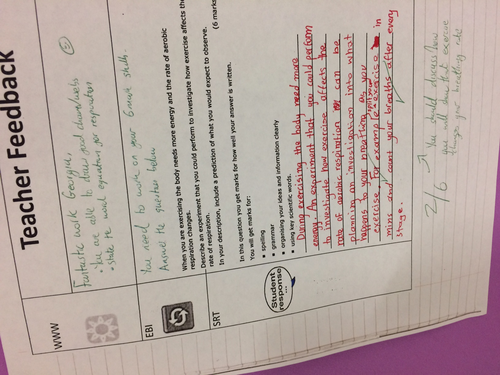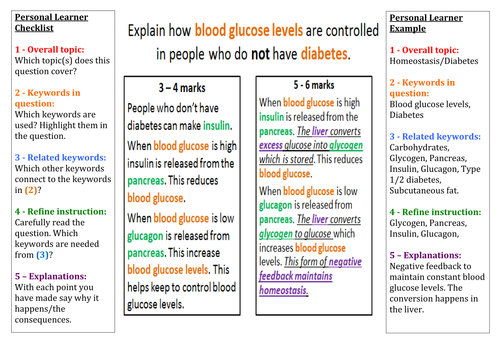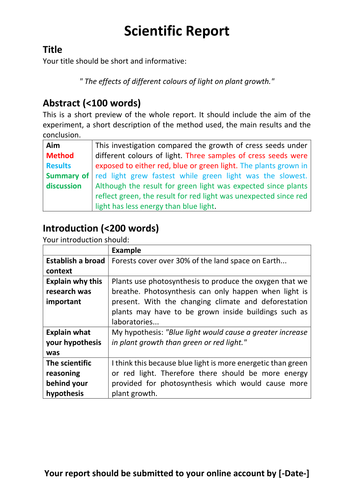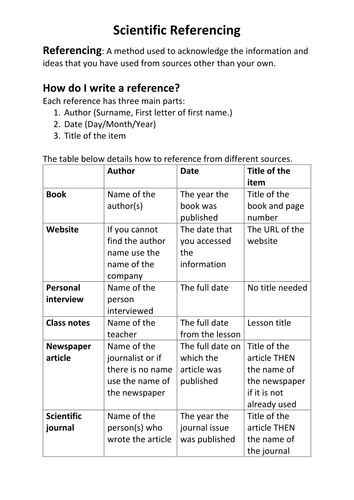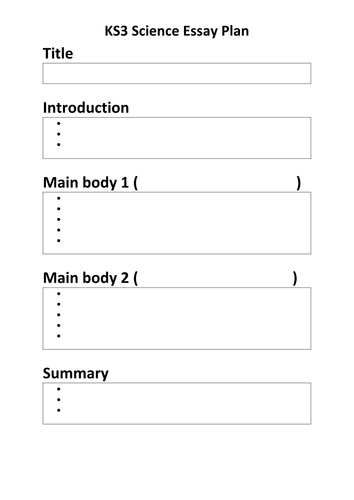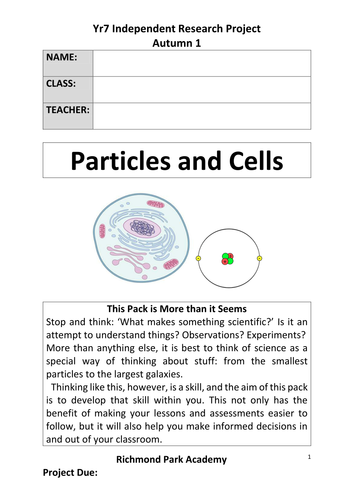243Uploads
111k+Views
55k+Downloads
All resources

KS4 Chemistry 1 Marking and Feedback Exam questions with Answers (Formative assessment)
I’ve uploaded an image of the finished product.
This should be used ideally as a formative assessment before the summative assessment.
The teacher (using your school’s designated colour) writes a WWW and relates the EBI to one of the tasks.
The student completes the task using their designated feedback pen.
The teacher follows up and marks the work with comments on how to improve.
Since each unit has four different questions of various abilities, you can also differentiate.
This pack is for Chemistry 1 and included 4 question sheet for these units:
C1 Atomic structure
C2 The periodic table
C3 Structure and bonding
C4 Chemical calculations
C5 Chemical changes
C6 Electrolysis
C7 Energy changes

Physical development – infancy & early childhood
New BTEC Tech Award Health and Social Care
Component 1
Learning Aim A1

C5.2 Displacement Reactions
AQA GCSE Sciences (9-1)
Chemistry: C5 Chemical changes
Lesson 2: C5.2 Displacement Reactions
Based on the Kerboodle Resources
The AQA Kerboodle worksheet are not included so as to be acting within the TES code of conduct.

B1.1 Observing cells
Kerboodle Activate (1)
Chapter 1: Cells
Lesson 1: B1.1 Observing cells
The Kerboodle worksheet are not included so as to be acting within the TES code of conduct.
Keywords: Organisms, Cells, Microscope, Observation, Slide, Magnification, Objective lens, Eye-piece lens

NEW BTEC Tech Awards - Health and Social care - Student Planning Sheets - Component 1
A 10 paged document that covers the two learning aims of Component 1:
Learning aim, A: Understand human growth and development across life stages and the factors that affect it.
Learning aim, B: Investigate how individuals deal with life events.
The learning aims are structured into three parts:
Information gathering task: A series of small tasks that once completed provide a frame work of information for the main task. Each of these tasks has a modelled answer and hints when needed.
Main task: A task with a series of reminders that if answered with the aid of the assessment criteria should aim pupils towards a Distinction.
Assessment criteria: The assessment criteria and code for each learning aim presented in a student friendly format so that they can track their target grade and ensure that they are meeting the necessary criteria.

P3.1 Energy Demands
AQA GCSE Sciences (9-1)
Physics: P3 Energy Resources
Lesson 1: P3.1 Energy Demands
Based on the Kerboodle Resources
The AQA Kerboodle worksheet are not included so as to be acting within the TES code of conduct.

P1.1 Changes in energy stores
AQA GCSE Sciences (9-1)
Physics: P1 Conservation and dissipation of energy
Lesson 1: P1.1 Changes in energy stores
Based on the Kerboodle Resources
The AQA Kerboodle worksheet are not included so as to be acting within the TES code of conduct.

B18.1 The human population explosion
AQA GCSE Sciences (9-1)
Biology: B18 Biodiversity and ecosystems
Lesson 1: B18.1 The human population explosion
Based on the Kerboodle Resources
The AQA Kerboodle worksheet are not included so as to be acting within the TES code of conduct.
Keywords: Biodiversity

P4.4 Component characteristics
AQA GCSE Sciences (9-1)
Physics: P4 Electric circuits
Lesson 4: P4.4 Component characteristics
Based on the Kerboodle Resources
The AQA Kerboodle worksheet are not included so as to be acting within the TES code of conduct.

P5.1 Alternating current
AQA GCSE Sciences (9-1)
Physics: P5 Electricity at home
Lesson 1: P5.1 Alternating current
Based on the Kerboodle Resources
The AQA Kerboodle worksheet are not included so as to be acting within the TES code of conduct.

Guide to answering 6 mark questions in science
The resource models the difference between 5 and 6 mark answer.

P7.1 Atoms and radiation
AQA GCSE Sciences (9-1)
Physics: P7 Radioactivity
Lesson 1: P7.1 Atoms and radiation
Based on the Kerboodle Resources
The AQA Kerboodle worksheet are not included so as to be acting within the TES code of conduct.

J J Thomson & Plum Pudding Model
Learners will discover how JJ Thomson came up with his Plum Pudding Model and will also see how Millikan discovered the charge of the electron.

C5.7 Neutralisation
AQA GCSE Sciences (9-1)
Chemistry: C5 Chemical changes
Lesson 7: C5.7 Neutralisation
Based on the Kerboodle Resources
The AQA Kerboodle worksheet are not included so as to be acting within the TES code of conduct.

B8.3 How plants use glucose
AQA GCSE Sciences (9-1)
Biology: B8 Photosynthesis
Lesson 3: B8.3 How plants use glucose
Based on the Kerboodle Resources
The AQA Kerboodle worksheet are not included so as to be acting within the TES code of conduct.
Keywords: Lipids, Starch, Proteins

C4.4 The yield of a chemical reaction
AQA GCSE Sciences (9-1)
Chemistry: C4 Chemical calculation
Lesson 4: C4.4 The yield of a chemical reaction
Based on the Kerboodle Resources
The AQA Kerboodle worksheet are not included so as to be acting within the TES code of conduct.

Scientific Report
Models how students should write out a scientific report:
*) Abstract
*) Introduction
*) Method
*) Results
*) Discussion

Scientific Referencing
This is probably most appropriate for A-Level and GCSE students but I have been pushing my top KS3 students to get used to this way of writing.
Shows how to reference: books, videos, websites etc..

KS3 Scientific Essay Plan
I found that a lot of my KS3 were simply copying and pasting information for homework.
This was designed to get them to have to think critically about the information they are including.
Ideally, they follow the plan and you give feedback which they use along with the plan to write the actual essay.

Year 7 Homework Booklet (Particles and Cells)
This booklet was created to ensure consistency, and to develop scientific thinking skills. We have so much content to cover in lessons so this is a home resource which is designed to override homework. These activities include stop-motion activities, building 3D models and also scientific methods. Students should spend 6-8 hours in total on this booklet - a timetable is also incorporated in the booklet so that students can plan out which activities to attempt throughout the weeks before the due date.
As mentioned in the title, the two content units are Particles and Cells but at the end, there is also a scientific skills section which walks students through the scientific method. They will end up creating their own scientific questions, plan an investigation and write it out.
This booklet is 26 pages long but saves a lot of space by linking youtube videos where students will gain the necessary knowledge needed to complete the various sections (we all know students don't like reading a lot of information).
Also incorporated are GCSE questions that link to the KS3 content.
I hope you find this resource useful - Lagoondry

